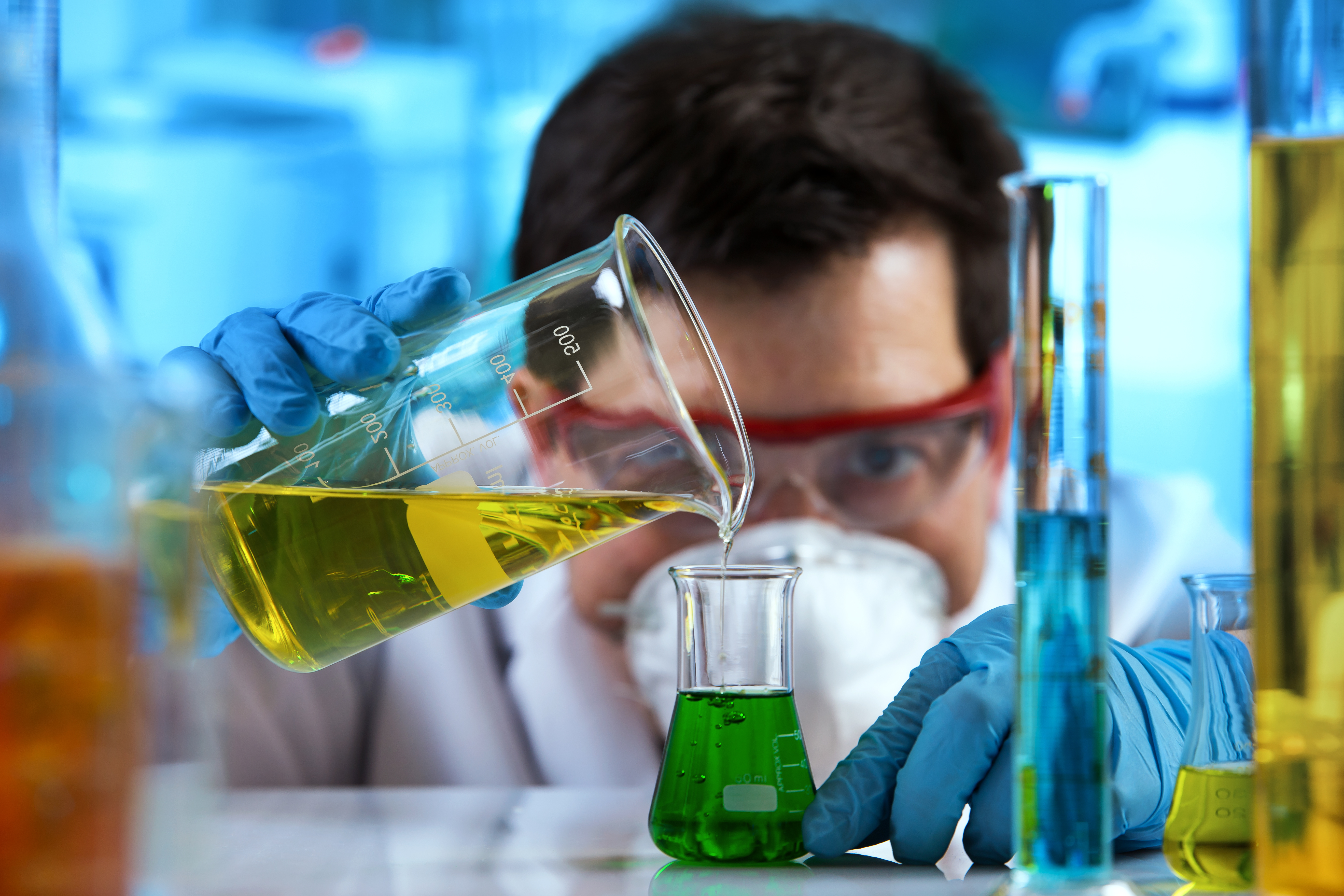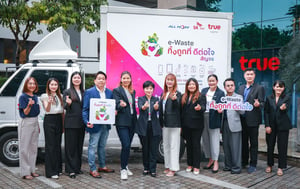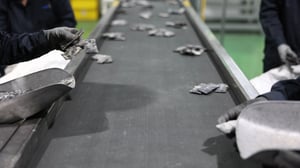Global sales of fully electric and plug-in hybrid vehicles (PHEVs) rose 31% in 2023, according to Rho Motion.
With this sharp incline comes a corresponding rise in the demand for lithium-ion batteries (LIB), including portable LIB found in laptops, smartphones, and other consumer electronics.
However, recycling LIB effectively comes with challenges. LIBs can be difficult to recycle and dangerous to handle, carrying the risk of thermal runaway if incorrectly handled. To combat this challenge, it’s essential to adopt the most suitable method when recycling this battery type.
The two most common processes for recycling batteries are hydrometallurgy and pyrometallurgy. In this blog, we take a deep dive into what the processes of hydrometallurgy and pyrometallurgy entail.
Contents
- What is hydrometallurgy?
- What is pyrometallurgy?
- Is hydrometallurgy a better option?
- What is SK tes doing in its sustainable battery solutions business?
What is hydrometallurgy?
Hydrometallurgy is the process used to extract metals from ore, which is achieved by recovering and dissolving the metals as salt in successive water-based steps, including leaching, purification, and recovery of the targeted metal by selective precipitation or electrowinning. This method plays an essential role in extracting strategic and rare metals.
The process of hydrometallurgy originated in the sixteenth century, but it came into prominence in the twentieth century, when hundreds of thousands of tons of metals (copper, zinc, cobalt, nickel, etc.) were produced each year. Operating in aqueous media, an alternative metal recovery process based on solvent extraction has been developed in recent decades. This application is now used to produce more than 70 metallic elements and includes selective separation in battery recycling, which leads to the extraction of salts. For metals at low concentrations, ion exchange leads to a range of separation and recovery methods after the desorption of the adsorbed ions.
Battery recycling initially involves discharging (and partly dismantling larger batteries) and sorting them, physical separation, and mechanical treatment, including shredding, to produce a black mass.
This is followed by the hydrometallurgical process, a chemical refinement process to recover the metals in ion form from the black mass. This process extracts materials with purification and extraction rates that make them materially and commercially viable for reuse in the battery supply chain.
The hydrometallurgical process involves three steps:
- Leaching: The first stage of the process depends on the metal ore being extracted and involves bringing aqueous solutions into contact with the material. Using atmospheric and pressure acid, the most common leaching agent is dilute sulfuric acid.
- Solution-based concentration and purification: This is the solvent extraction, precipitation, and simulation process. After the leaching stage, the leach liquor undergoes a concentration of metal ion recovery. Precipitation is the selective removal of a compound of the targeted metal or impurities by precipitation.
- Metal recovery: This is the last stage in the process and involves the recovery of salts in metal by cementation and oxidation methods. Metals suitable for sale as raw materials are often produced directly during the metal recovery stage.
What is pyrometallurgy?
While hydrometallurgy involves using water for the extraction of metals, pyrometallurgy is a heat-based extraction and purification process. As with the water-based process, pyrometallurgy generally involves three steps:
- Roasting: This refers to the heating of compounds in air and transforming sulfide ores into oxides, creating gas.
- Smelting: Smelting is used in furnaces to reduce metals and usually involves the formation of carbon dioxide, for example, reducing iron ore in a blast furnace. In addition, tin, copper, and lead ores are smelted.
- Refining: In refining processes, metals are sorted by exploiting their chemical and metallurgical properties. The separation of metals is achieved by smelting in furnaces at high temperatures. Refining covers a wide range of processes involving different kinds of furnaces and electrolytic processes.
With pyrometallurgy, a vast amount of energy is required, as LIB are heated to between 1200°C and 1600°C. Through smelting, some of a battery’s raw materials can be separated. However, only a few raw materials, such as cobalt and nickel, can be recycled. Lithium, aluminum, and manganese end up in the slag and are not recovered, as this is not economically feasible.
Is hydrometallurgy a better option for electronic vehicle (EV) battery recycling?
With the global increase in EVs and portable battery production, there is heightened demand to scale innovative processes in battery recycling to achieve the required targets of the circular economy. However, mining precious metals for LIB is often not environmentally viable, and the supply chains that support artisan mining can also be unstable and unethical. This poses the question, what process should be used when recycling batteries for cost and environmental benefits?
Many studies have found that hydrometallurgy is a more suitable recycling method than pyrometallurgy from an environmental and resource point of view. It allows for a higher recovery of elements, with lower energy consumption, significantly lower greenhouse gas emissions, minimal air emissions, and purification. Helping to reduce environmental impacts, our battery recycling process doesn't generate any wastewater and can typically leverage solar energy to power the process, making it a self-sufficient option.
Hydrometallurgy in battery recycling is more environmentally friendly...
In the assessment of cobalt recycling, it was reported that pyrometallurgy methods accounted for 361 tons of direct CO2 emissions per kg/t of metal from the combustion of graphite, solvents, and separators.
Comparably, hydrometallurgy didn’t even make an impact when tested under the same conditions, making it the most sustainable option of the two.
When utilizing hydrometallurgy instead of pyrometallurgy, it has been found that LIB recycling has a less damaging effect on the environment. The impacts of this method include the following:
- Recovery of lithium, aluminum, and manganese
- Lower emissions
- Zero discharge (wastewater treatment)
- Lower costs
When batteries are processed using pyrometallurgy techniques, besides CO2 emissions, other problematic emissions can be released from lithium hexafluorophosphate and polyvinylidene fluoride, such as hydrogen fluoride, fluorine, phosphorus pentafluoride, and phosphoryl fluoride.’
What is SK tes doing in its sustainable battery solutions business?
At SK tes, we’re determined to align our actions with our vision of becoming a global sustainability leader. Our mission is to make an impact by securely transforming and repurposing one billion kilograms of assets by 2030. This includes the sustainable lithium battery recycling (LIB)using safe, sustainable, and efficient solutions.
In our award-winning hydrometallurgy battery recycling processes, we operate a double closed loop for water and cathode materials. SK tes recycling processes are designed to facilitate a cleaner world with environmentally friendly solutions. Watch our video tour to discover how our SK tes B Battery Recycling facility in Singapore is closing the loop on LIB.
See how SK Tes can help you today




